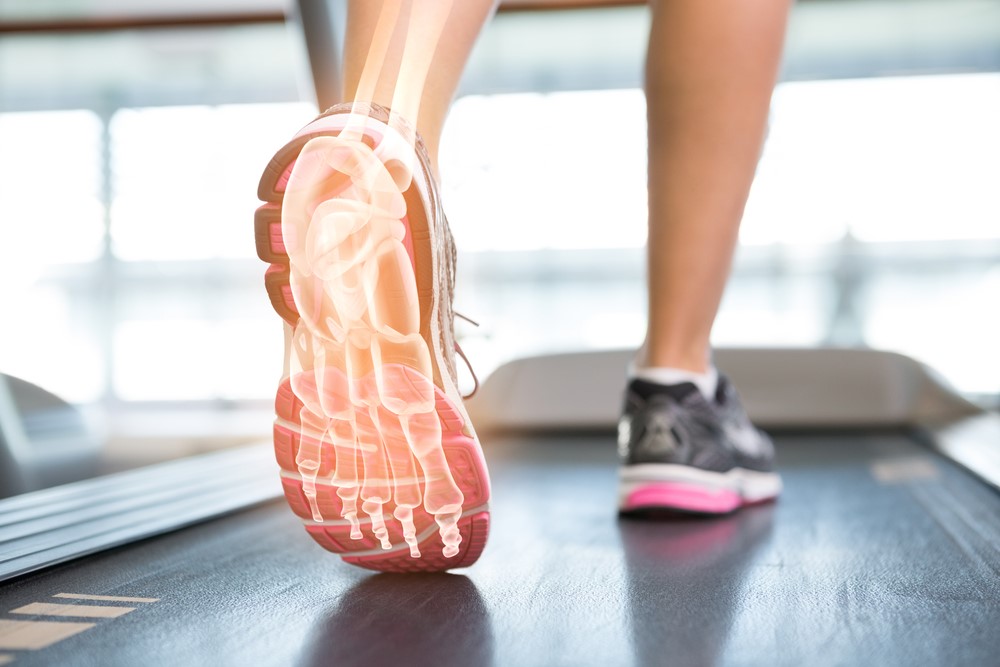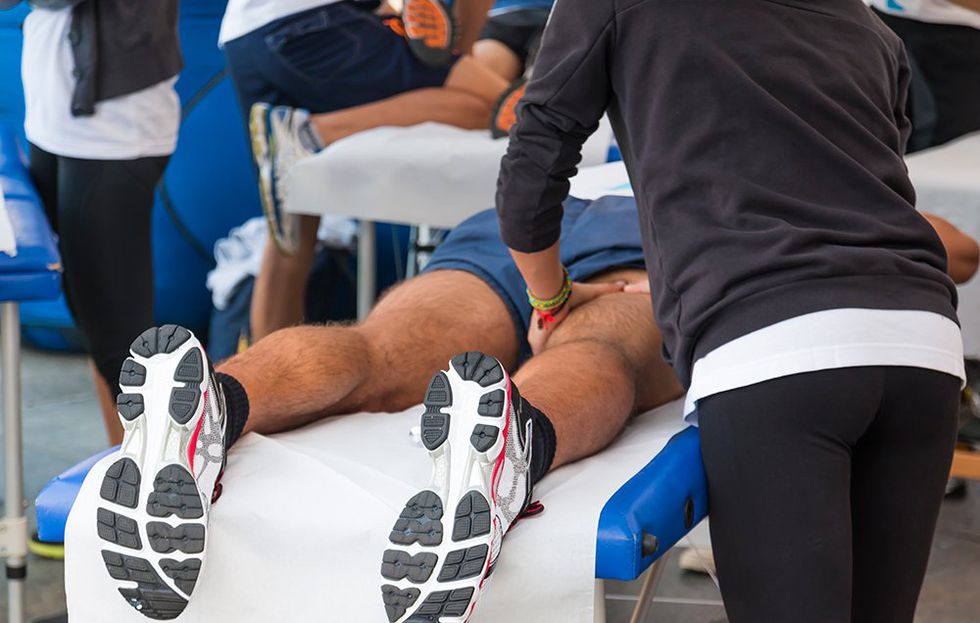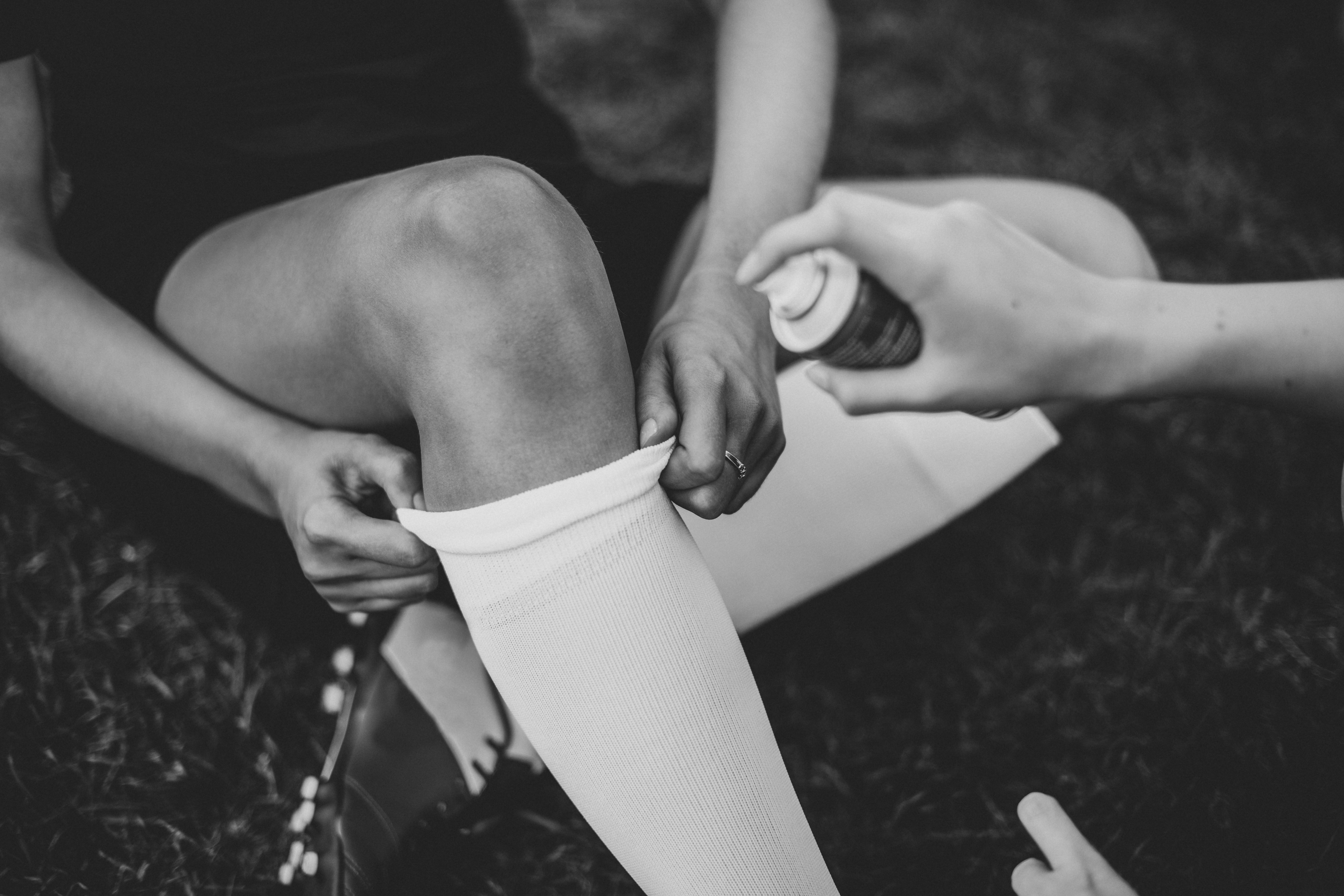Definition & Overview
Biomechanical assessment is the process of analysing the functions of lower limbs. It is performed to determine abnormalities and identify how the body compensates for these irregularities.
Among those who can benefit from the procedure include those with:
- Asymmetrical body that is quite pronounced in the feet and legs and affects how a person walks or stands
- Physical anomalies that affect movements, such as having one leg shorter than the other and bowed legs
- Injuries sustained from sports or accidents
- Prolonged strain on the limbs due to excess weight leading to irregular gait and posture
Who Should Undergo and Expected Results
Aside from those mentioned above, biomechanical assessment can also be recommended for:
- Individuals suffering from various pains in the lower limbs that need to be addressed in a permanent and long-term manner. Examples of these ailments include pain in the heel, arch pain, and Achilles tendinitis as well as foot, knee, and back pain. These assessments are particularly helpful for painful conditions with no apparent causes.
- Athletes who had sports-related injuries, in which the biomechanical assessment can help establish the proper rehabilitation program to address the problem and promote healing of injuries. The assessment can also be done on athletes who just want to improve their performance regardless if they are injured or not.
- Those born with flat feet or high arches. These conditions often cause pain and discomfort due to the improper distribution of weight and unstable posture. An individual with flat feet is also likely to develop deformities like bunions and hammer toes. Children with these conditions can benefit from early intervention to avoid misalignment and correct posture deficiencies as they grow to adulthood.
Athletes and their trainers often integrate the results of the assessment in their training to achieve optimal performance in actual competitions.
How is the Procedure Performed?
Biomechanical assessment, which typically lasts between one and two hours, is often performed in a specialised laboratory where physiotherapists can monitor and record how a person walks and runs. Patients are asked to wear a pair of shorts so the movements of the legs are visible and easily recorded. Before the actual assessment, patients are asked about their medical history and the symptoms they have been experiencing.
Biomechanical assessments are divided into two major parts. The first one is the static part in which the specialist assesses lower limb posture and takes measurements while the patient is standing up or laying down. This part of the procedure also includes examining the bones of the foot, patterns of calluses, functions of the big toe, and integrity of joints.
The second part, on the other hand, is considered the dynamic part, in which patients are asked to perform several activities while cameras record their movements. This can involve gait analysis in which the walking pattern of the patient is evaluated. Running and motion capture analysis are also performed. The patient is asked to walk and run using a treadmill while data is recorded and captured by computers.
Examples of tools that are used during the biomechanical assessment include the biometer that measures the amount of carbon dioxide being exhaled, a tractograph that measures angles during leg examination, and a goniometer that measures motion ranges of joints.
Athletes may be evaluated and assessed in the place where they do sports, like a field or an indoor court. In some cases, the assessment is carried out while the athlete is playing or engaged in a competition to get relevant results. This method typically involves sensors and 3D kinematics.
Possible Risks and Complications
Individuals who undergo a biomechanical assessment may feel exhaustion after the session. Improper or wrong diagnosis can lead to improper treatment and may exacerbate pain and posture problems.




